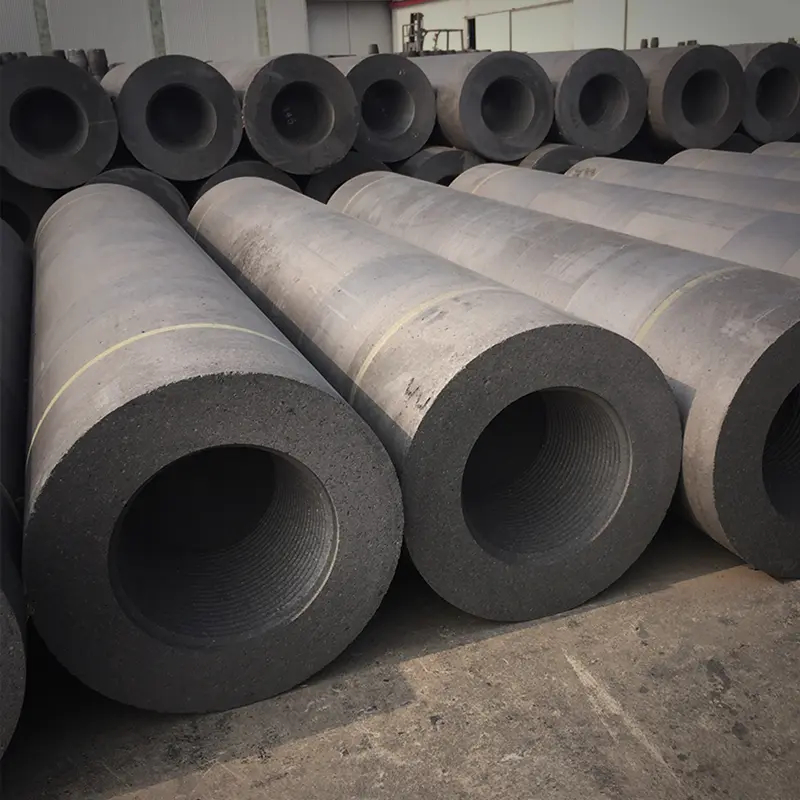When it comes to fly fishing, the choice of rod material can significantly impact your experience on the water. Among the most popular materials are graphite and carbon fibre. While often used interchangeably, they have distinct characteristics that can affect performance, weight, sensitivity, and cost. In this blog, we will explore the differences between graphite and carbon fibre fly rods to help you make an informed decision.
Understanding the Materials
What is Graphite?
Graphite is a form of carbon that has been processed to create a lightweight, strong material. It is commonly used in various applications, including fishing rods, due to its excellent tensile strength and flexibility. Graphite rods are known for their sensitivity, allowing anglers to feel even the slightest nibble on the line.
What is Carbon Fibre?
Carbon fibre, on the other hand, is a composite material made from thin strands of carbon that are woven together and bonded with a resin. This combination results in a very strong and lightweight material, often used in high-performance applications, including aerospace and automotive industries. In fly rods, carbon fibre offers enhanced stiffness and durability compared to traditional graphite.

Performance Comparison
Sensitivity
One of the key factors in fly fishing is sensitivity. Graphite rods are renowned for their ability to transmit vibrations from the line to the angler’s hand. This sensitivity allows anglers to detect subtle bites, making them a popular choice for many fly fishers. Carbon fibre rods, while also sensitive, may not provide the same level of feedback as high-quality graphite rods, but advancements in technology are closing this gap.
Weight and Balance
When it comes to weight, both materials are lightweight, but carbon fibre rods tend to be lighter than their graphite counterparts. This reduced weight can lead to less fatigue during long fishing sessions, making carbon fibre an attractive option for anglers who prioritize comfort. However, the balance of a rod is equally important; a well-balanced graphite rod can feel just as comfortable as a lighter carbon fibre rod.
Durability and Flexibility
Durability
Carbon fibre rods are generally more durable than graphite rods. The composite structure of carbon fibre makes it resistant to damage from impacts and abrasions, which is beneficial when fishing in rugged environments. Graphite rods, while strong, can be more susceptible to breaking under extreme stress or impact.
Flexibility
Graphite rods often offer greater flexibility, which can enhance casting performance and line control. This flexibility allows for smoother casts and better presentation of the fly. Carbon fibre rods, while stiffer, can provide increased power and accuracy, especially in windy conditions or when casting heavier flies.
Cost Considerations
Price Range
In terms of cost, graphite rods are typically more affordable than carbon fibre rods. This price difference can be attributed to the manufacturing process and the materials used. While there are high-end graphite rods that can be quite expensive, entry-level options are generally more accessible. Carbon fibre rods, being a premium product, often come with a higher price tag, reflecting their advanced technology and performance benefits.
Conclusion
Choosing between graphite and carbon fibre fly rods ultimately depends on your personal preferences, fishing style, and budget. Graphite rods offer excellent sensitivity and flexibility, making them a favorite among many anglers. On the other hand, carbon fibre rods provide superior durability and lightweight performance, ideal for those seeking a high-performance option.
Consider your fishing needs and try out both types of rods if possible. By understanding the differences between graphite and carbon fibre fly rods, you can make an informed decision that enhances your fly fishing experience. Happy fishing!
Post time: 9 月-29-2024













